Mastering 7018 Stick Welding for Beginners: A Comprehensive Guide
- February 26, 2024
- 0 comment
Venturing into the realm of stick welding, particularly when using the widely acclaimed 7018 electrodes, presents an intriguing yet challenging prospect for novices. Esteemed for its adaptability and durability, mastering stick welding unlocks a plethora of opportunities in both fabrication and repair sectors.
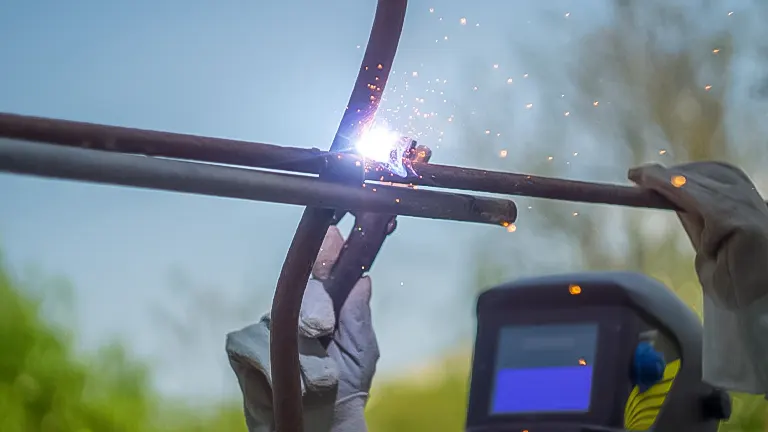
This comprehensive guide is specifically designed for beginners, with the objective to simplify the intricate process of stick welding employing 7018 electrodes on a 3/8-inch plate in a 1G position, complete with a backing strip. It caters to a broad audience, from enthusiasts and budding welders to individuals keen on exploring this skilled trade.
Through a detailed walkthrough, this guide equips you with the necessary knowledge, techniques, and insider tips to embark confidently on your welding journey. By delving into this tutorial, you will gain a solid foundation in stick welding, ensuring you start on the path to welding proficiency with the best practices and safety measures at your fingertips.
List Mastering 7018 Stick Welding for Beginners:
- Preparation of Materials
- Setting Up Your Workspace
- Choosing the Right Equipment
- Executing the Root Pass
- Applying Hot and Fill Passes
- Finishing with a Cap Pass
- Cleaning and Inspection
Stick Welding Basics and Fundamentals
Stick welding, formally known as Shielded Metal Arc Welding (SMAW), is a time-honored and versatile welding process that is highly valued in the construction, repair, and heavy industrial sectors due to its simplicity, cost-effectiveness, and adaptability to a wide range of metals and alloys. At its core, stick welding utilizes a consumable electrode coated in flux to lay the weld.

This process begins with the electrode creating an electric arc between itself and the metals to be joined, melting the electrode’s core to form the weld pool. The flux coating disintegrates in the heat, generating a shielding gas that protects the weld pool from atmospheric contaminants, thereby preventing oxidation and ensuring a stronger weld.
This method is particularly noted for its robustness, allowing welding in outdoor conditions and on materials that are not perfectly clean. Stick welding demands a mastery of electrode selection, understanding of amperage settings, and skillful control of the electrode angle and arc length, making it as much an art as it is a technical skill.
- Cellulosic Electrodes: Containing over 30% wood flour, these electrodes have a thin coating producing a fast-freezing slag, ideal for all-position welding, especially vertical. They provide deep penetration and a distinctive arc, perfect for pipe welding, maintenance, and repairs on dirty plates, with common types being E6010, E7010, and E6011.
- Rutile Electrodes: Made primarily from titanium dioxide, rutile electrodes like E6013, E7014, and stainless steel classes offer a softer arc and lighter penetration, suited for general fabrication when critical mechanical properties aren’t needed. They’re easy to use, with controlled slag and simple arc lighting.
- Basic Electrodes: These feature medium penetration and superior mechanical properties, with a coating including low-hydrogen iron powder and minerals for a medium-thick coating that supports various welding positions. E7018 is a common type, used in structural steel, bridges, and critical applications requiring strong mechanical properties.
Through practice, welders learn to interpret the molten pool’s behavior, adjust their technique in real-time, and produce consistent, high-quality welds across a variety of positions and materials, embodying the welding adage that with SMAW, simplicity and complexity go hand in hand.
7 Steps of Mastering 7018 Stick Welding
Step 1: Preparation of Materials
Begin by meticulously cleaning your 3/8″ plate and 1/4″ backing strip to ensure they are free of any mill scale or contaminants. This step is crucial for achieving a clean, quality weld.
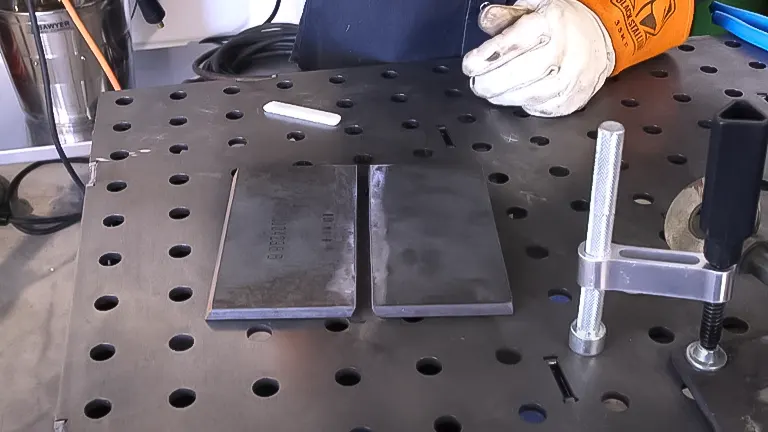
Focus on the area where the weld will be applied, cleaning around half an inch to an inch beyond this zone on all sides. Equally important is preparing a 3/32″ landing along the edges of your plates to facilitate a smoother welding process.
Step 2: Setting Up Your Workspace

Lay the plates face down and position the 1/4″ backing strip evenly between them, using it as a spacer. This alignment is key for a centered weld. Tack weld the assembly in strategic places—specifically, place tacks at the corners and at the midpoint of each side—to secure the setup firmly before beginning your welding process.
Step 3: Choosing the Right Equipment
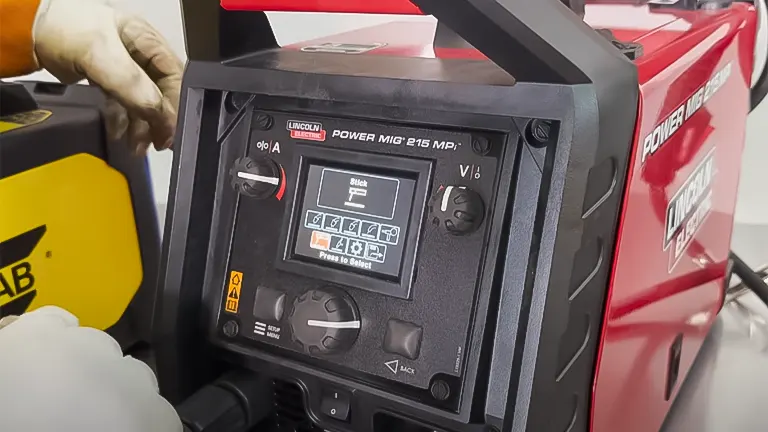
Select a versatile welding machine that is capable of stick welding, such as the Lincoln Electric Power MIG 215 MPI. This machine is recommended for its multi-process capabilities, including stick, TIG, MIG, and flux-cored welding. Adjust the machine settings to accommodate stick welding, setting the amperage to around 145 amps to suit the 7018 1/8″ electrode.
Step 4: Executing the Root Pass
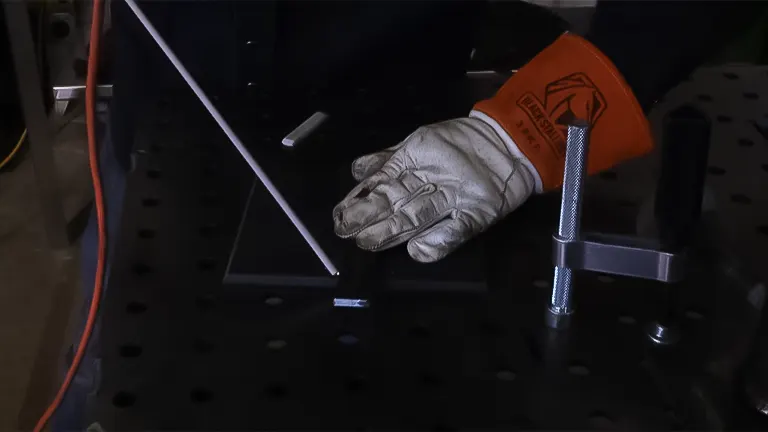
Kick off the welding process with a root pass. This initial pass is vital for establishing the foundation of your weld. Employ a tight zigzag motion, ensuring that you pause for about two seconds on each side of the weld groove. This technique ensures deep penetration and a solid base for subsequent passes.
Step 5: Applying Hot and Fill Passes
After the root pass, proceed with hot passes to reinforce the weld, followed by fill passes to build up the weld to the level of the surrounding plate surface.
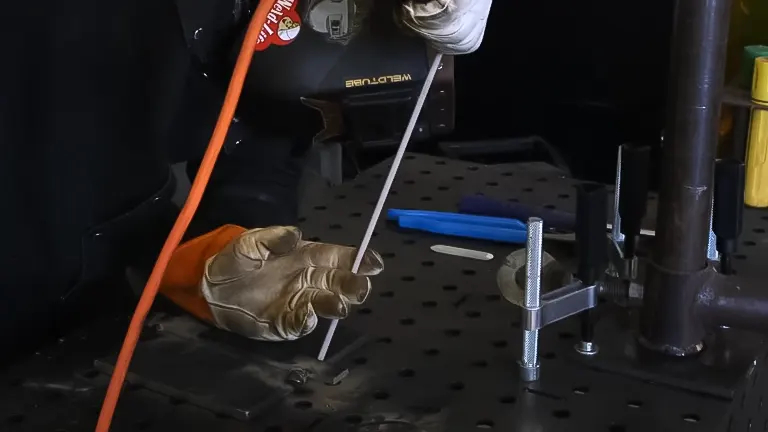
Maintain a steady arc and utilize the appropriate angle—105 degrees towards and away from yourself—to ensure consistent coverage and penetration across the weld area.
Step 6: Finishing with a Cap Pass
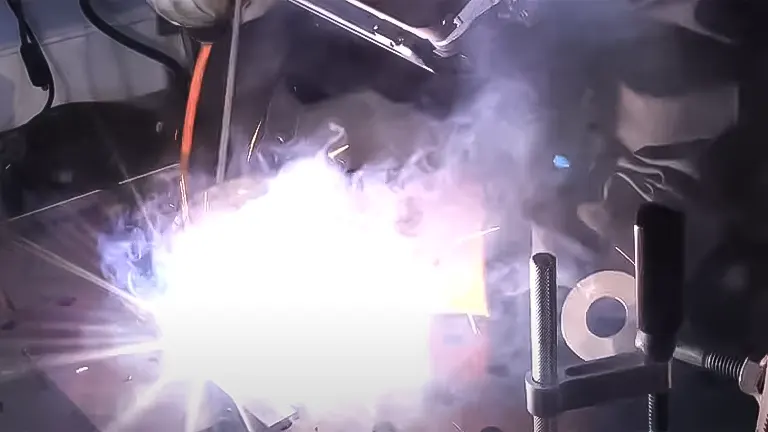
Once your fill passes are complete and the weld is flush with the plate surface, finish with a cap pass. This final pass should be neat and uniform, covering the weld with a smooth layer that blends seamlessly with the base metal. Use straight beads and overlap them slightly for a professional finish.
Step 7: Cleaning and Inspection
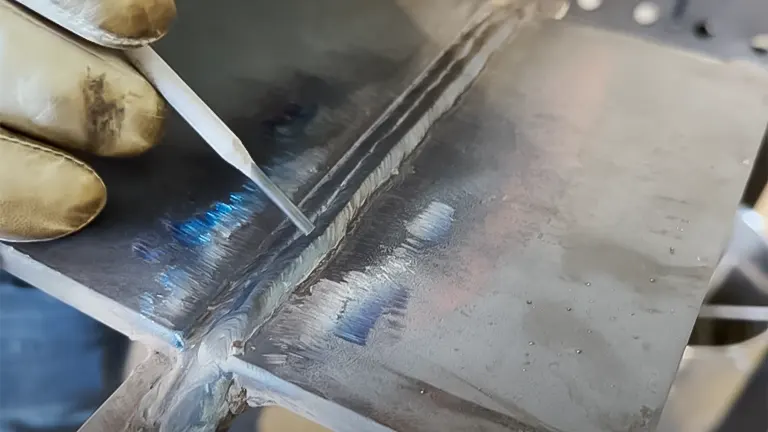
Conclude your welding process by thoroughly cleaning the weld area to remove any slag or spatter. Inspect the weld visually and, if necessary, through additional testing methods for any imperfections or inconsistencies. This step ensures that your weld is not only aesthetically pleasing but also structurally sound.
Additional Tips About 7018 Stick Welding
Here’s a condensed version of the additional tips for mastering stick welding with 7018 electrodes:
- Preheat for Thick Materials: Reduces cracking by evening out temperature differences, essential for high-carbon or alloy steels.
- Short Arc Length: Keep the arc tight, akin to brushing paint, for better control and penetration.
- Ensure Clean Metal: Even with 7018’s versatility, welding on a clean surface ensures stronger welds. Remove rust and contaminants before welding.
- Adjust Electrode Angles: Optimize your electrode angle for the welding position—slightly tilting improves bead quality and penetration.
- Consistent Welding Speed: Maintain a steady speed that’s not too fast or slow to ensure proper fill and penetration.
- Practice Arc Striking: Learn to start the arc smoothly without sticking, using either a scratch start or light tap method.
Adhering to these streamlined tips will elevate your stick welding skills, making your work with 7018 electrodes more effective and efficient.
Related Articles:
- First Welder Guide for DIYers: Practical Tips
- Best 5 MIG Welders: From Budget-Friendly to Premium Picks
- Best Black Friday Welding Machine Deals 2023
- Troubleshooting Common Welding Machine Problems
- Best Cheap MIG Welder on Amazon
- Best Yeswelder Plasma Cutter
- Best MIG Welder by YesWelder
- Best STICK Welder by YesWelder
- Best 110v MIG Welders
- Best 120V MIG Welders
Final Thoughts
Diving into 7018 stick welding opens up a fulfilling journey that combines precise technique with creative flair. Progressing from a novice to adept in welding, every use of an electrode and every bead you weld is a valuable step in your growth. The 7018 electrode, prized for its user-friendly attributes and exceptional weld outcomes, will challenge you, fostering both your skills and understanding. Commit to your practice, remain patient, and always be eager to learn more. The expertise you cultivate now is the cornerstone of your future success in the world of welding, offering endless possibilities in fabrication and repairs.
Frequently Asked Questions
- What is 7018 stick welding?
7018 stick welding refers to the use of a 7018 welding electrode in stick welding processes. It’s known for producing strong, clean welds with minimal splatter, making it ideal for structural welding and applications requiring high quality. - Why is the 7018 electrode often recommended for beginners?
The 7018 electrode is favored for beginners due to its forgiving nature, which includes easier arc starting, a smooth arc, low spatter, and excellent slag control, helping novices achieve cleaner welds. - What materials can I weld with the 7018 electrode?
The 7018 electrode is versatile, primarily used for welding carbon steel, including mild and low-alloy steels, making it suitable for a wide range of projects. - What does the ‘7018’ designation mean?
The ‘7018’ designation in welding electrodes indicates the electrode’s characteristics: ’70’ refers to the tensile strength (70,000 psi), ‘1’ signifies an all-position electrode, and ‘8’ indicates the coating type and current capabilities (low hydrogen, iron powder). - How do I store 7018 electrodes?
7018 electrodes must be stored in a dry environment to prevent moisture absorption, which can lead to hydrogen cracking in the weld. A rod oven or sealed container is recommended for storage. - What are the ideal amperage settings for welding with a 7018 electrode?
The ideal amperage for a 7018 electrode varies based on the electrode diameter and the material thickness. Generally, follow the electrode manufacturer’s recommendations, adjusting as necessary for your specific welding conditions. - Can I use 7018 electrodes for vertical and overhead welding?
Yes, the 7018 electrode is designed for all-position welding, including vertical and overhead positions, making it highly versatile for various project needs. - How do I prevent cracking when welding with 7018 electrodes?
Prevent cracking by ensuring your base material and electrodes are dry, preheating the material as needed, maintaining a consistent weld speed and temperature, and using proper welding techniques. - What safety gear do I need when welding with 7018 electrodes?
Essential safety gear includes a welding helmet with appropriate shade, fire-resistant clothing, gloves, and boots, as well as ear protection and a respirator if working in an enclosed area. - Where can I find resources to improve my 7018 stick welding skills?
Resources for improving your welding skills include welding courses at local community colleges or trade schools, online tutorials and forums, welding handbooks, and practice kits. Additionally, joining a welding community can provide support and advice from experienced welders.
We’re eager to learn from your journey! Please share your experiences and insights on mastering 7018 stick welding as a beginner in the comments section below. Your personal stories and tips could greatly assist fellow novices in navigating their own path to welding proficiency. Your contribution could be the guiding light for someone embarking on their welding adventure!

Edward Smith
Forestry AuthorWoodworking is about more than crafting; it's a harmonious connection with nature, mastering tools, and preserving our environment. I'm here to share my knowledge and experiences with you, forging a future where we can embrace wood's beauty and utility while safeguarding our forests' health and diversity.


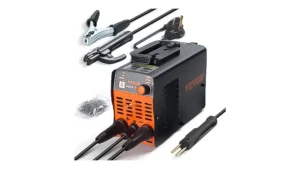
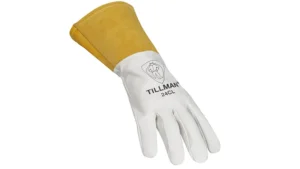

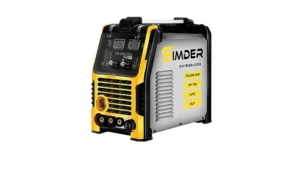
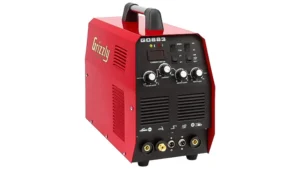
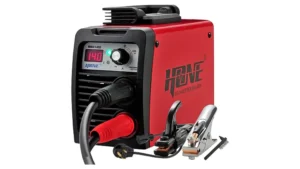



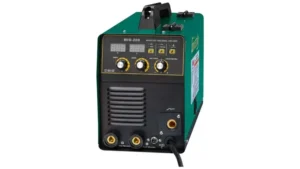
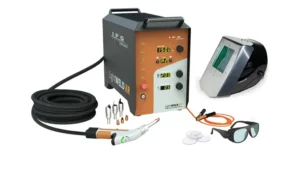
Leave your comment